April 14, 2025 | 10:16 GMT +7
April 14, 2025 | 10:16 GMT +7
Hotline: 0913.378.918
April 14, 2025 | 10:16 GMT +7
Hotline: 0913.378.918
The Mekong Delta has passed the peak of the dry season, as per hydrometeorological agency assessments. Five high tide events were recorded between December 2024 and mid-March 2025, which resulted in the saline through canals and ditches further inland and the elevation of sea levels. The Mekong River mouths experienced the highest level of saltwater intrusion since the beginning of the dry season from late February to early March 2025 (February 25 to March 4). The salinity front peaked at 4 parts per thousand and extended 42 to 60 kilometers inland.
Salinity intrusion in the Hau River began on December 14, 2024, and intensified during high tide periods in the following months, roughly comparable to the 2023–2024 drought season. On February 25, the 4 parts per thousand salinity front reached a maximum inland depth of 53 kilometers, which is more than 4 kilometers deeper than the multi-year average.
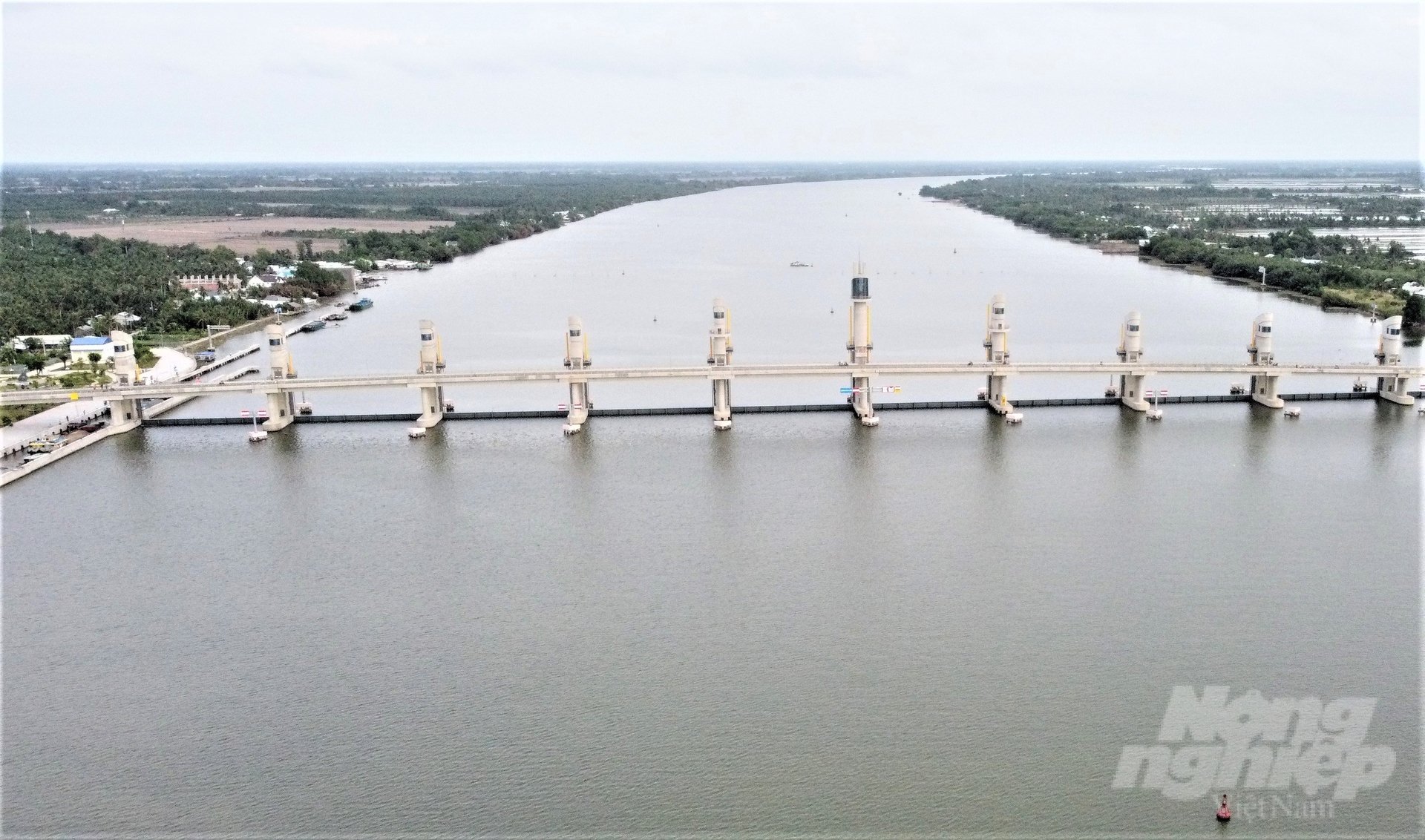
From the beginning of the dry season until March 25, Cai Lon sluice gate has been closed 5 times to prevent high tides, with a total duration of 21 days, helping to regulate water resources for effective production. Photo: Trung Chanh.
From January 24 to the beginning of February 2025, salinity intrusion in the Cai Lon river intensified. The deepest salinity front was recorded at 46 kilometers (January 29). This is the most significant salinity intrusion period since the commencement of the arid season.
Mr. Le Tu Do, General Director of the Southern Irrigation Management Company Limited - Mekong Delta branch, announced that the company will operate the Cai Lon, Cai Be, and Xeo Ro sluice clusters for five periods (equivalent to five high tide periods) from January 2024 to March 25, in order to address the drought and salinity intrusion of the dry season of 2024-2025. This resulted in a total of 21 days of sluice gate closures to regulate water sources. Since the commencement of the dry season, the Ninh Quoi sluice gate (located in Bac Lieu province) has been active for 40 days. The Ninh Quoi gate has been consistently operated for salinity control since February 2, 2025, when saltwater intrusion along the Quan Lo-Phung Hiep canal began to intensify.
Furthermore, the company has collaborated with the provincial Irrigation Sub-Departments, the Sub-Departments of Agriculture and Environment to create and distribute 13 operation plans for irrigation projects in the Mekong Delta region that are under its management. Simultaneously, the water works have been effectively managed to regulate water resources in accordance with the actual meteorological and hydrological developments and the production progress within project areas.

Kien Giang province coordinates the operation of the Vam Ba Lich boat lock sluice in the Chau Thanh sluice cluster in the Cai Lon - Cai Be irrigation system, preventing high tides from pushing saltwater deep into the fields. Photo: Trong Linh.
The operation of irrigation systems has been effective, providing robust protection for agricultural production, as assessed by representatives from the Irrigation Sub-Departments of Kien Giang, Hau Giang, Bac Lieu, and Soc Trang at the conference.
Head of the Kien Giang Irrigation Sub-Department, Nguyen Huynh Trung, observed that his unit has coordinated the operation of sluice gates in the Chau Thanh cluster within the Cai Lon–Cai Be irrigation system, particularly the Vam Ba Lich lock sluice. Additionally, his unit has benefited from interprovincial irrigation works that the Ministry has invested in. This has contributed substantially to the prevention and mitigation of saline intrusion.
Kien Giang province has not reported any damage to agricultural production from drought or salinity since the commencement of the 2024–2025 dry season. The provision of clean water for residents, rural water supply stations, and water treatment facilities has been guaranteed.
The rice production area during the 2024–2025 dry season, which covers the main crop and the winter-spring crop, has exceeded 341,000 hectares, as reported by localities that have benefited from the Cai Lon–Cai Be irrigation system, such as Kien Giang, Hau Giang, Bac Lieu, and Soc Trang.
Professor Nguyen Tung Phong, General Director of the Department of Water Works Management and Construction, highly praised the operational results of irrigation works serving agricultural production, public use, disaster prevention, and response to irrigation infrastructure incidents during the 2024–2025 dry season.
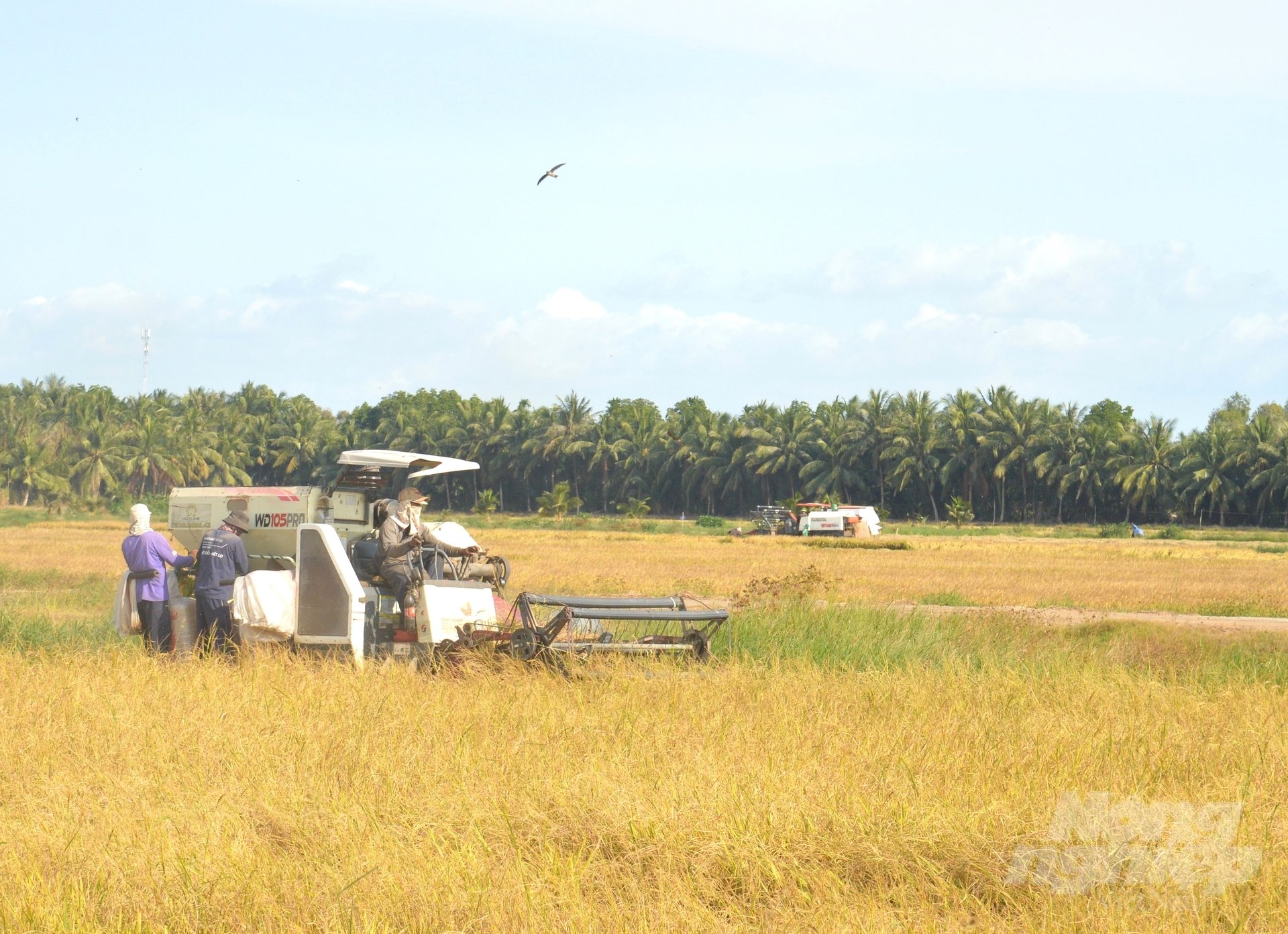
Thanks to the effective operation of surface and freshwater control works, hundreds of thousands of hectares of rice production in the beneficiary area have been safely protected from drought and salinity intrusion and have been harvested. Photo: Trung Chanh.
The effective regulation and control of water has been facilitated by the coordinated operation of interconnected irrigation systems by management units and local authorities. It has also provided water provision for sub-regions that necessitate freshwater or rotational regimes of fresh-brackish or brackish-saline water.
To create operational plans that are highly effective, Director Nguyen Tung Phong directed the irrigation management and operation divisions to closely monitor forecasts and warnings from specialized agencies regarding weather, hydrological changes, saltwater intrusion, and water resource fluctuations.
He also underscored the importance of local authorities implementing both structural and non-structural solutions, developing agricultural calendars that are in accordance with the current conditions, and taking the lead in water intake, storage, and efficient water use for production to mitigate the effects of drought and salinity.
As of now, Mekong Delta localities have passed the peak of the dry season and saltwater intrusion period without recording any damage, and they have basically stored enough freshwater in the canal and ditch systems to serve both production and public needs until the end of the dry season.
Translated by Linh Linh

(VAN) According to Deputy Prime Minister Bui Thanh Son, through this P4G Summit, Vietnam aims to convey the message of transforming its growth model towards rapid and sustainable development.
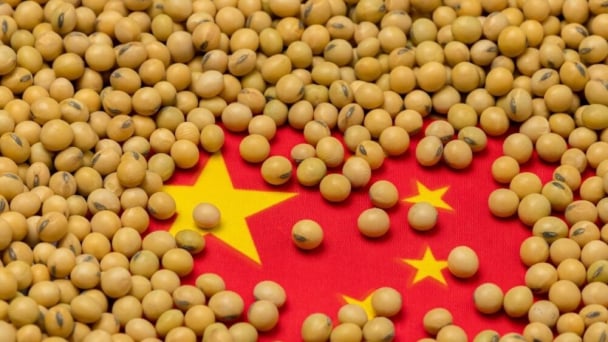
(VAN) Soybean production has been a priority for China to ensure food security, with increased soybean cultivation and yields highlighted in the annual No. 1 Central document.
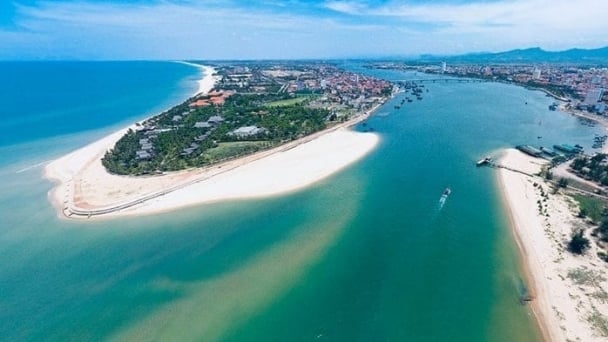
(VAN) Vietnam Sea and Islands Week 2025 is expected to take place in Quang Binh, featuring a series of meaningful activities aimed at protecting the ocean through green technology solutions.
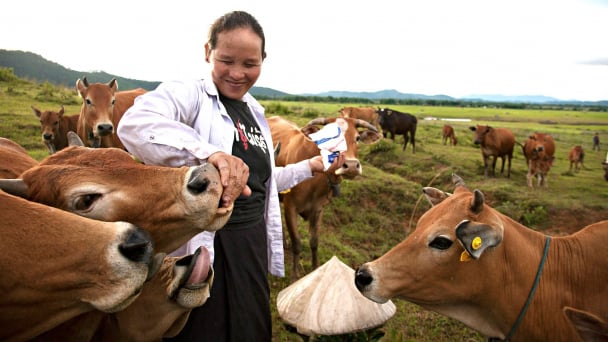
(VAN) The One Health approach is no longer merely an option, as increasingly complex challenges confront health and food systems.
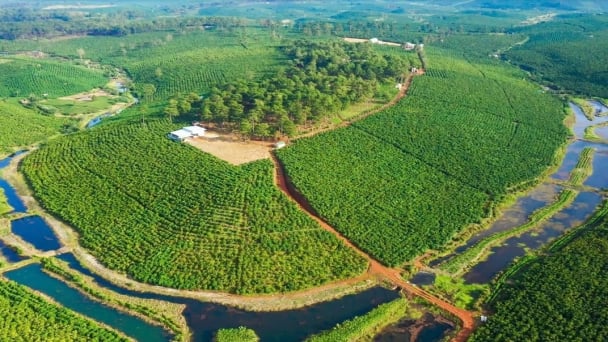
(VAN) The project promoting sustainable coffee production, with a focus on waste management and raising farmers’ awareness, has achieved many positive results after nearly two years of implementation.
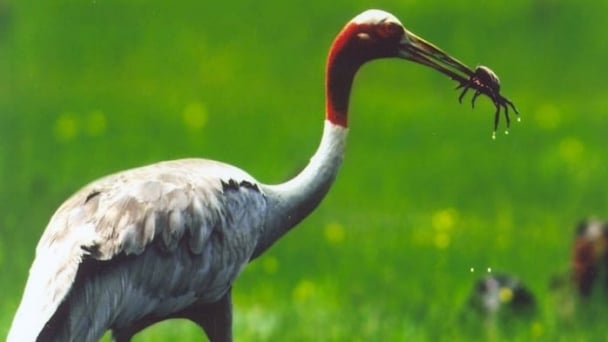
(VAN) Transferring and receiving 6 individuals of the red-crowned crane from Thailand to Vietnam marks a significant milestone in the conservation efforts for this species.
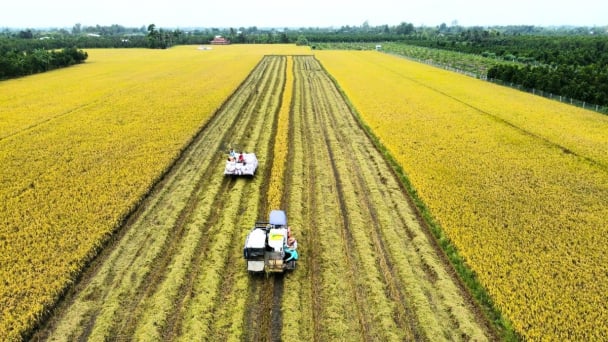
(VAN) After more than a year of implementation, the One Million Hectares of High-Quality, Low-Emission Rice project has completed the first steps, but it needs breakthrough solutions to deepen impacts in the upcoming phase.